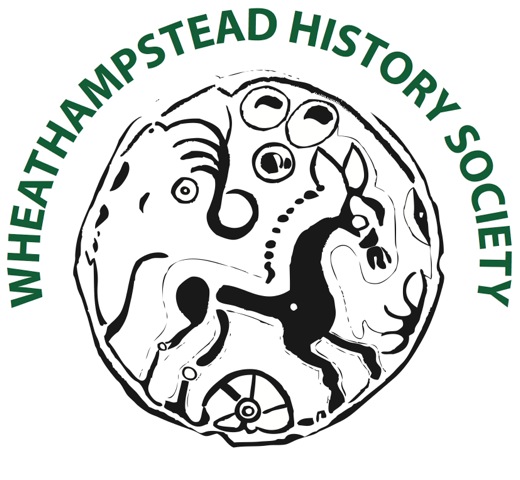
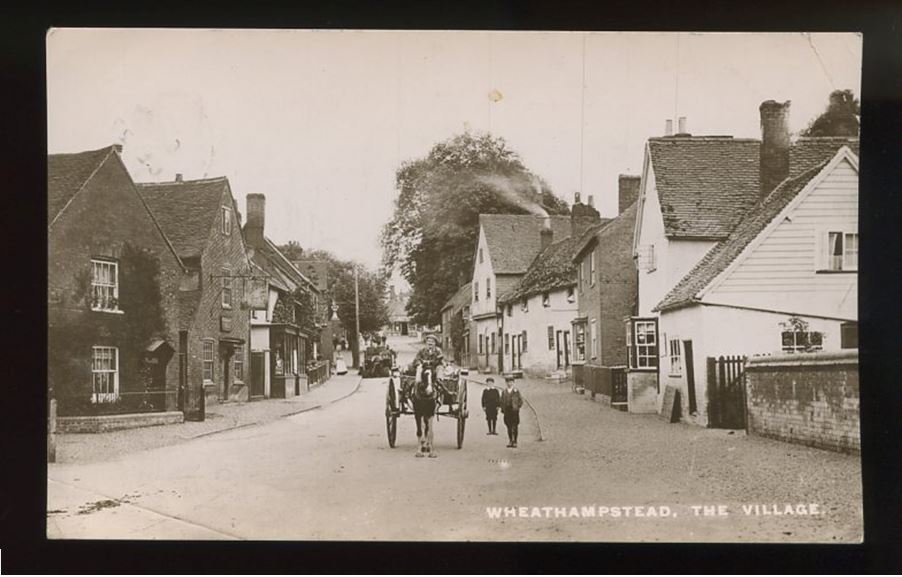
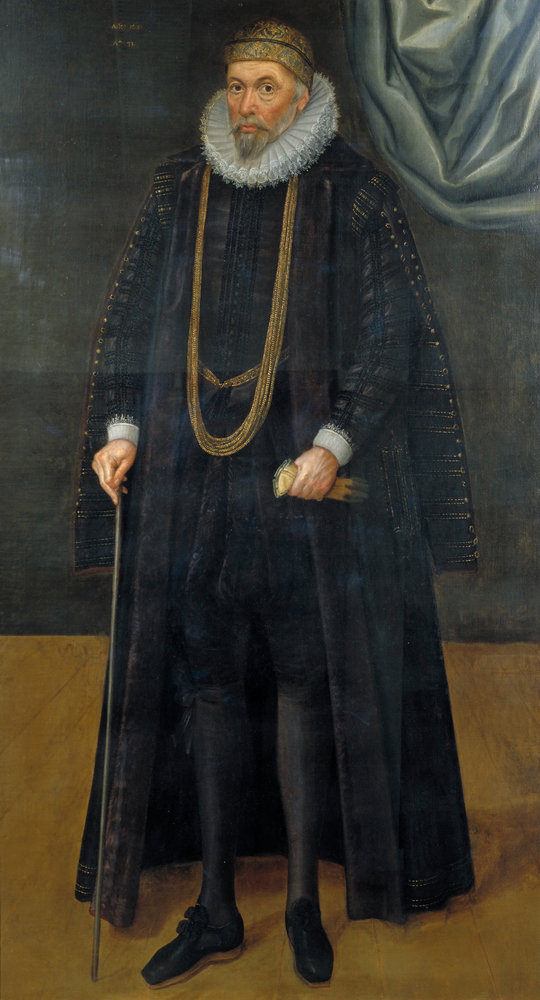
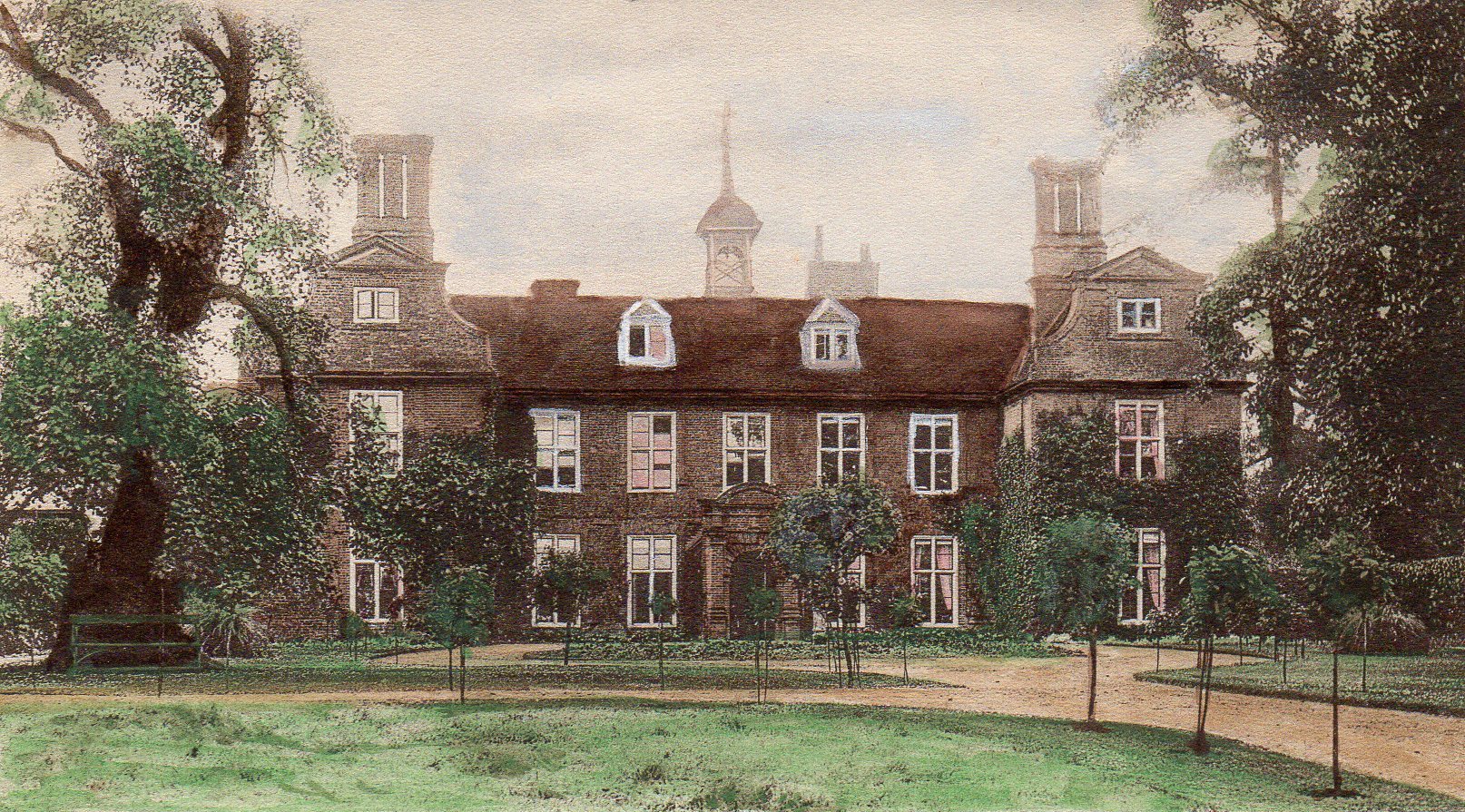
This is a list of key dates in the history of Wheathampstead, with short notes about each event.
Click on 'More' by an event to read more about it.
We would be delighted if you would help us to improve and develop these notes, whether by suggesting additions or amendments to what is already here or by writing new notes for an event, or even by adding an event together with some notes about it. Please contact us at whs@wheathampsteadheritage.org.uk
|
300,000 to 400,000 years ago |
|
|
c. 8500-4000 BC
|
|
|
c.100 BC |
|
|
54 BC |
|
|
43 AD |
Excavations at Turners Hall Farm have revealed a 1st/2nd century Roman villa and burials. More |
|
5th century |
Romans withdraw from Britain, leaving a lasting legacy.
In 2012, a hoard of 159 Roman gold coins was found in Sandridge. More
Several Roman roads passed through the parish of Wheathampstead. More |
|
c. 6th / 7th century |
Anglo-Saxons arrive. Traces of mid to late Anglo-Saxon burials have been found at St Helen's, suggesting that there was a church on the site at least 1,000 years ago. More
|
|
9th century |
Danes invade Britain. |
|
886 |
|
| 1060 |
Wheathampsteadbury manor house, together with the church and the mill, formed the core of the medieval community and gave us the basic layout of the centre of the village today. |
|
1086 |
|
|
1150 |
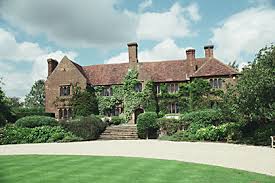 First historical record of Bride Hall. More First historical record of Bride Hall. More |
|
c. 1230 |
Chancel of St Helen's Church built, replacing old apsidal chancel. For an essay about the Saxo-Norman origins of the church, click here.
|
|
1290 |
St Helen's church tower built. |
|
Late 13th century |
Rectory manor established. For a list of rectors since the 13th century, click here. |
|
1307
|
|
|
1311 |
|
|
1420 |
John of Wheathampstead becomes Abbot of St Albans for the first time. More For details about the three papal bulls issued to him by Pope Martin V in 1423 and rediscovered in 2017, click here. |
|
1429 |
|
|
1461 |
|
| 1646 |
After his defeat at the Battle of Oxford, King Charles I escapes in disguise and spends the night of 27 April in Wheathampstead, possibly at Lamer House. |
|
1667 |
|
|
1719 |
James Marshall Foundation established. More |
|
1814 |
George Thomas Pretyman is appointed Rector of Wheathampstead-with-Harpenden. More |
|
1815 |
National School opens on The Hill. More |
|
1836 |
To read more about the Wheathampstead Workhouse, click here. |
|
1839 |
Wheathampstead Wesleyan Methodist Church built. More |
|
1841 |
Wheathampstead Tithe Map and Schedule published. More |
|
1843 |
|
|
1859 |
|
|
1859 |
The parish of Wheathampstead-with-Harpenden is divided into two separate parishes. |
|
1860 |
|
|
1862 |
|
|
1865 |
|
|
1875 |
Gustard Wood School opens. |
|
1876 |
|
|
1876 |
Independent Chapel opens on Brewhouse Hill. More |
|
1881 |
A 'terrific gale' on 14th October tears the lead off St Helen's church spire and blows down the bell-turret from the roof of the school. More |
|
1884 |
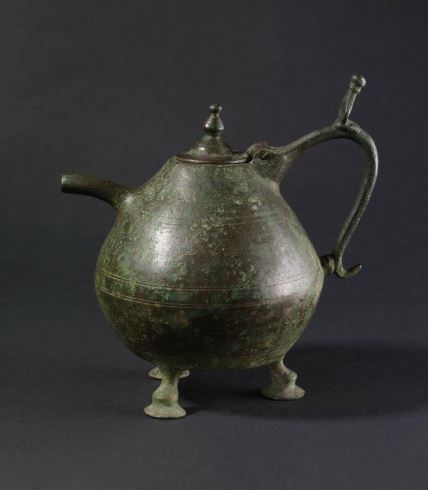
A 7th century bronze ewer was found in a gravel pit near Wheathampstead House. It is now in the British Museum. More |
|
1887 |
|
|
1892 |
Mid-Herts Golf Club founded at Gustard Wood. For a short history of the Club, click here. For some brief notes, click here . |
|
1895 |
Inaugural meeting of Wheathampstead Parish Council held on 2 January in National School (ie St Helen's School) on Brewhouse Hill. More |
|
1910 |
St Peter's Church, Gustard Wood, opens. More |
|
1920 |
|
|
1928 |
Helmets Ltd moves from St Albans to Brewhouse Hill. For a history of the company, click here. To view a short film about the company, made in 1953, click here. |
|
1928 |
For a history of Murphy & Son from 1887 to 2018, including its time in Wheathampstead, click here. Albert Murphy registers the Murphy Chemical Company Ltd as a subsidiary of Murphy & Son and starts to build a factory in Wheathampstead. Click here. |
|
1929 |
Mains water connected. |
|
1930 |
Mains electricity connected. |
|
1932 |
Sir Mortimer Wheeler's excavations at Devil's Dyke. More |
|
1932 |
|
|
1932 |
The water-wheel of Wheathampstead Bridge Mill stops turning after nine hundred years of flour milling on this site. |
|
1932 |
|
|
1935 |
|
|
1937 |
Lord Brocket gives Devil's Dyke to the parish of Wheathampstead. The plaque was erected in the following year. For the debate about the origins of the Dyke, go to the Sources page on this website. |
|
1938 |
Catholic Church in Marford Road opened by Cardinal Hinsley. More |
|
1944 |
|
|
1961 |
|
|
1965 |
|
| 1965 |
|
|
1971 |
Town Farm demolished. More |
|
1971 |
Beech Hyde School opens 7 September. More |
|
1978 |
Cory Wright Way bypass opens. For a report about the archaeological finds on the route, click here |
|
1983 |
|
|
1988 |
Wheathampstead Secondary School (Butterfield Road) closed. |
|
1989 |
|
|
2004 |
Folly Methodist Church closes and merges with the United Reformed Church on Brewhouse Hill to become the United Church. To read a history of its first 100 years, click here. For some memories of its final years, click here. The church was located where Chapel Mews stands today. |
|
2010 to present |
|
|
2012 |
|
|
2013 |
Fire at The Swan. More |
|
2014 |
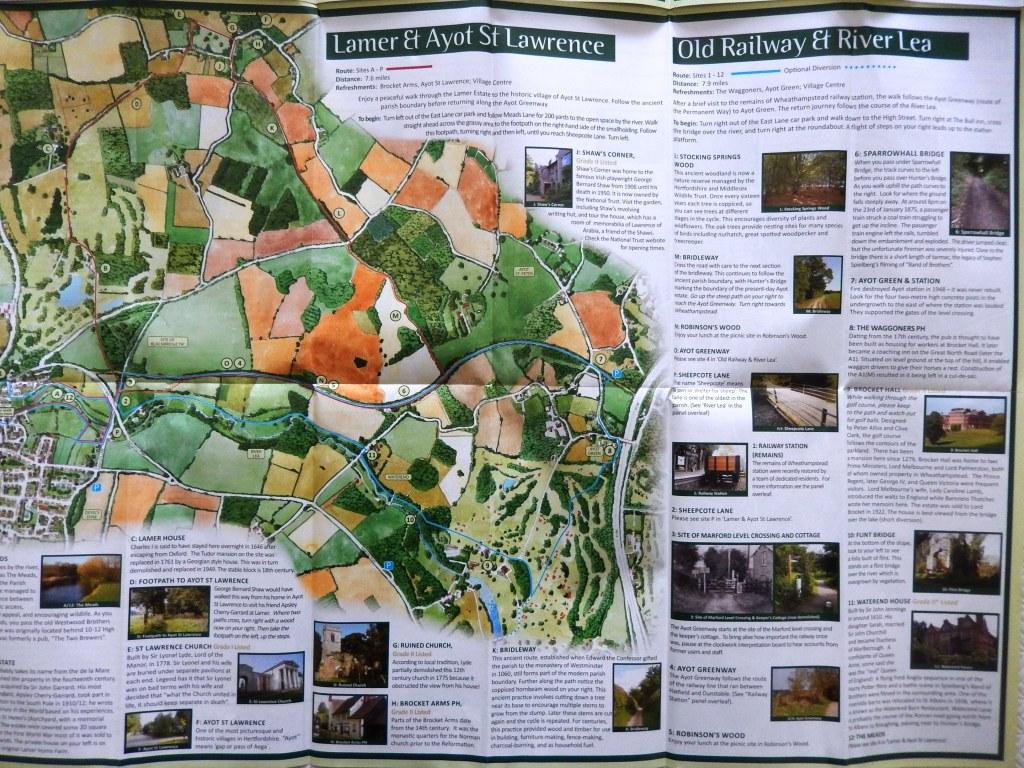 Countryside Walks Heritage Trail opened. More Countryside Walks Heritage Trail opened. More |
| 2014 |
Community orchard planted in The Meads. More |
|
2016 |
|
|
2017
|
|
|
2017 |
Grave of Abbot John of Wheathampstead is found at St Albans Cathedral. Click here for an article from 'Abbey News' February 2018.
Abbot John was reinterred at St Albans Cathedral in 2022. His remains now rest in the vault of his old friend Duke Humphrey of Gloucester. |
|
2019 |
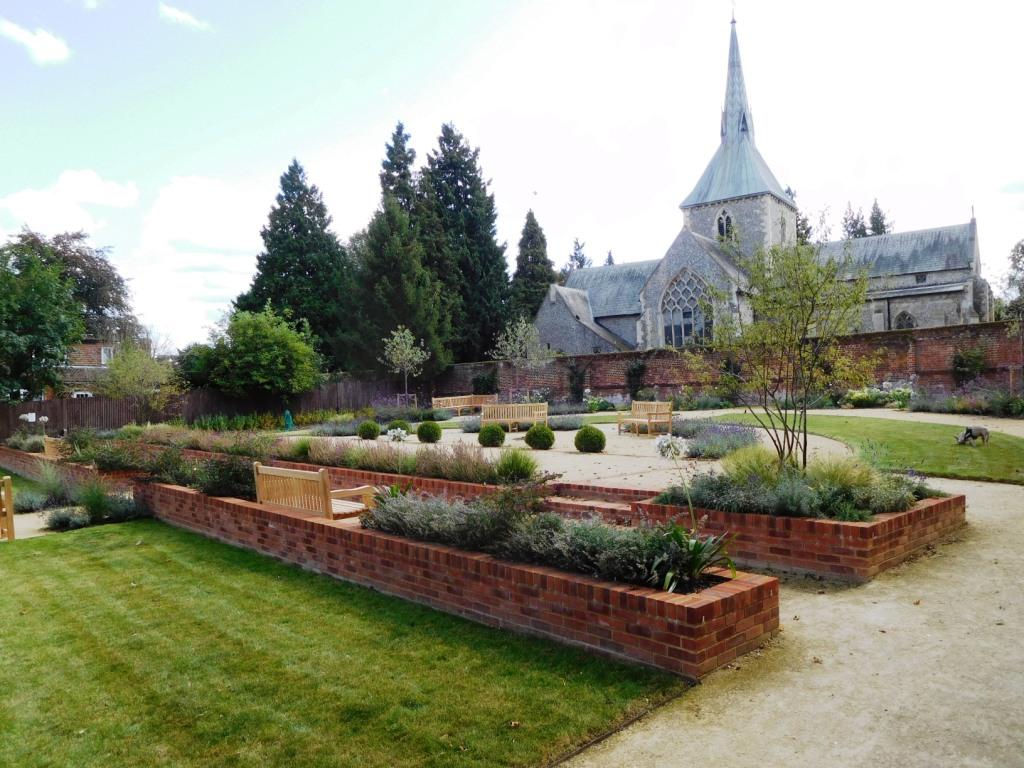
Crinkle Crankle Garden opened. More
Community Library opened. More
|
|
2020 |
The people of Wheathampstead are struck by the worldwide Covid-19 pandemic. To read about the impact on the village, click on More |
|
2023 |
Redeveloped Memorial Hall opened. More |